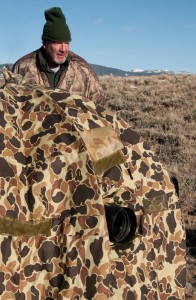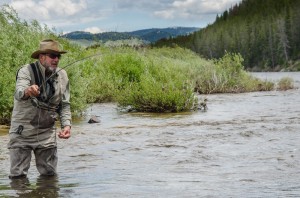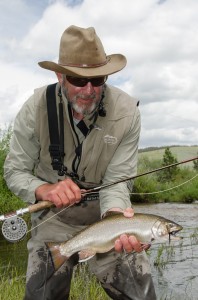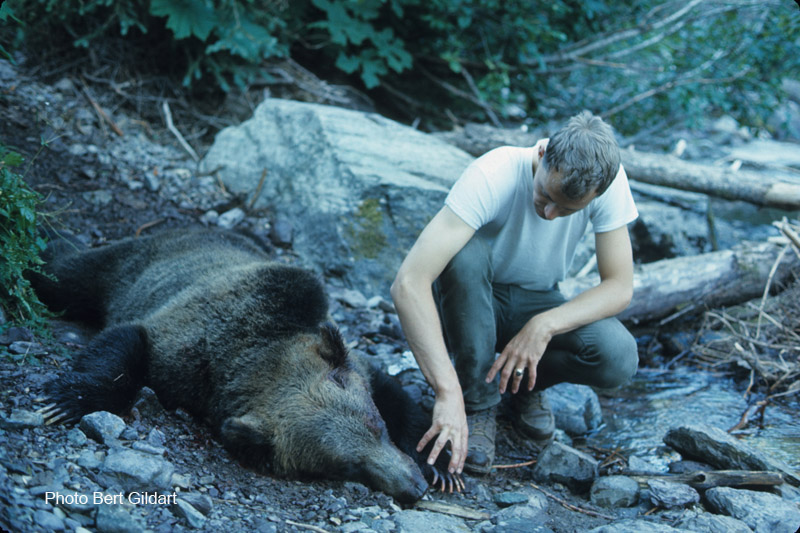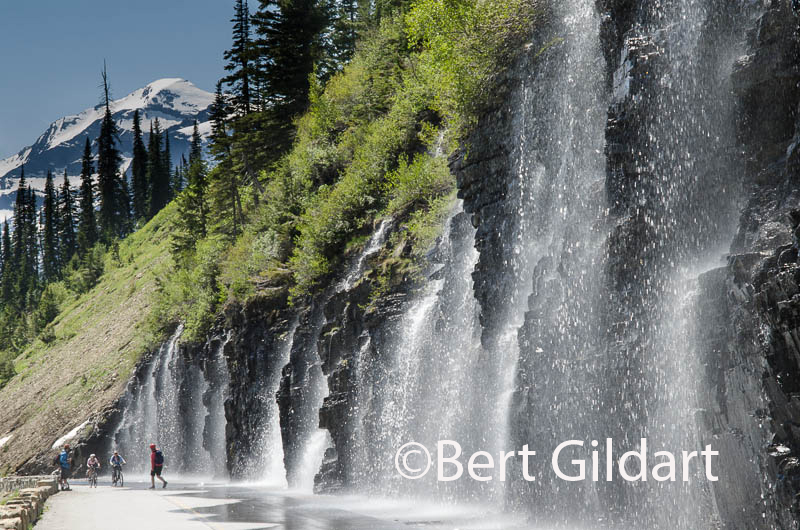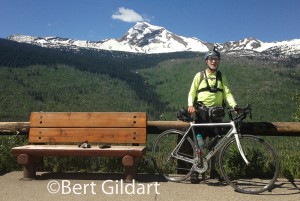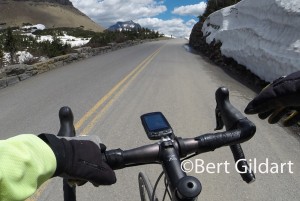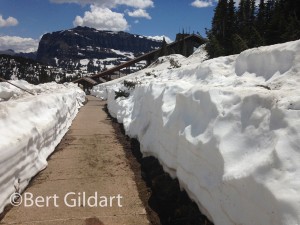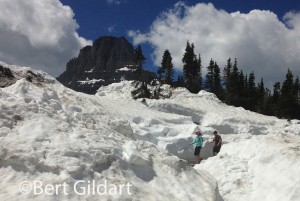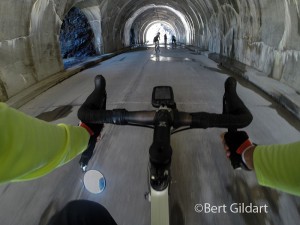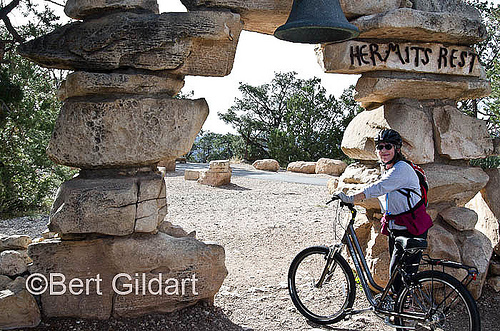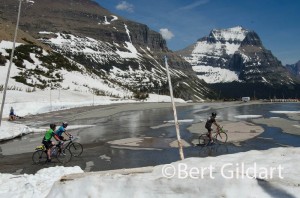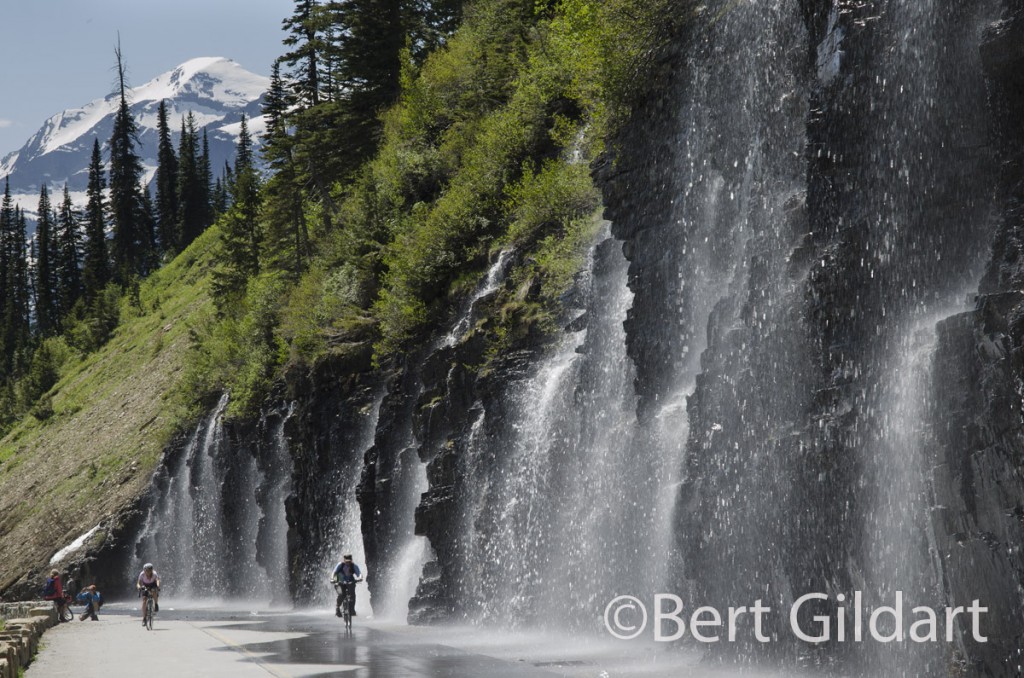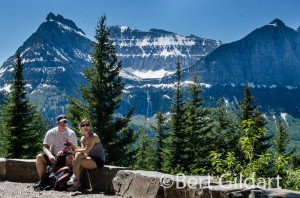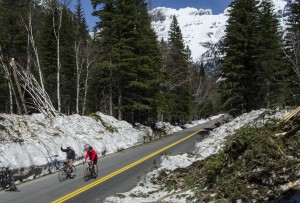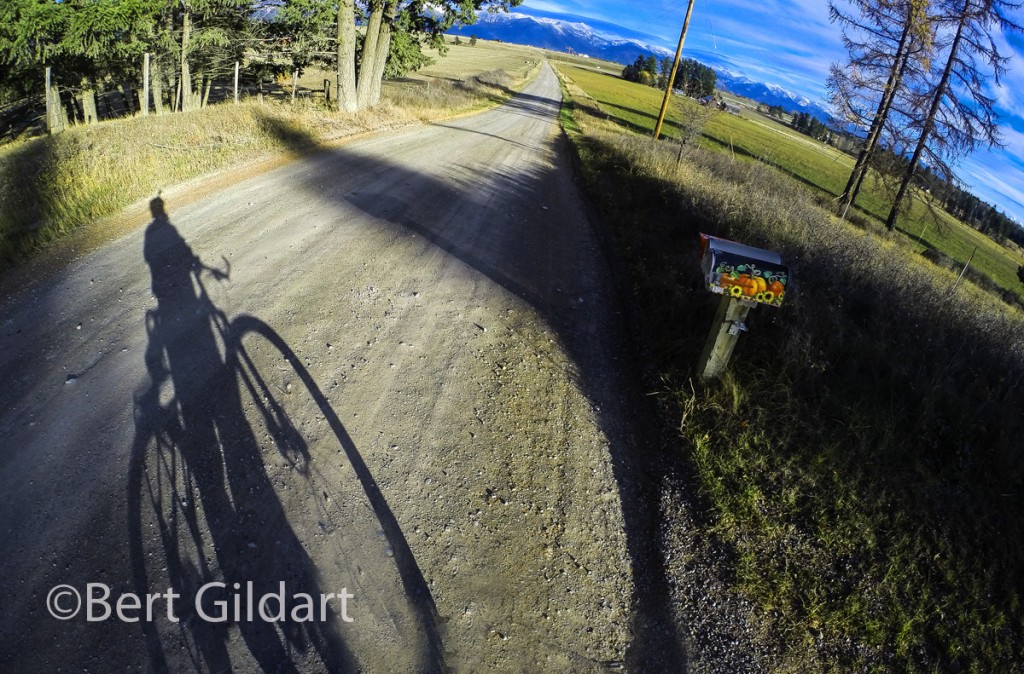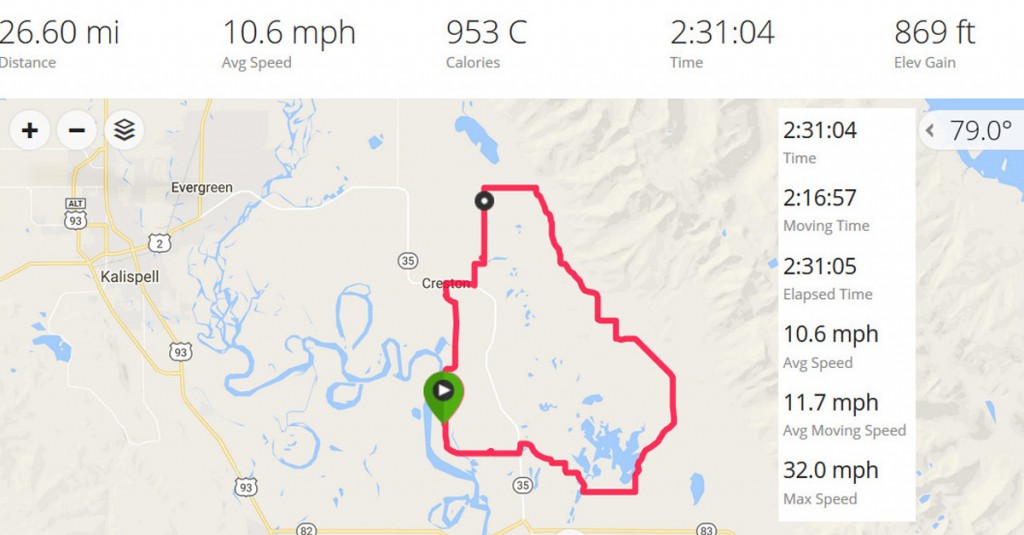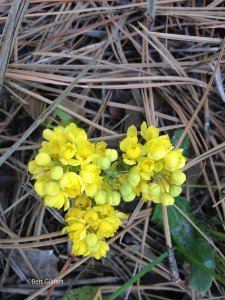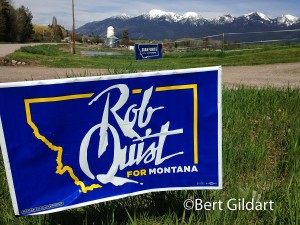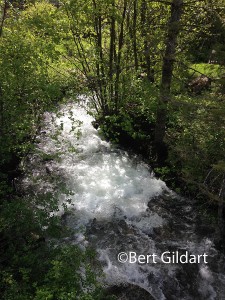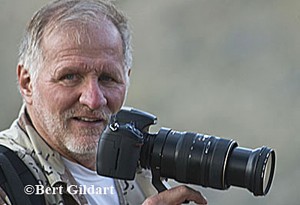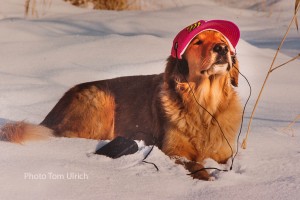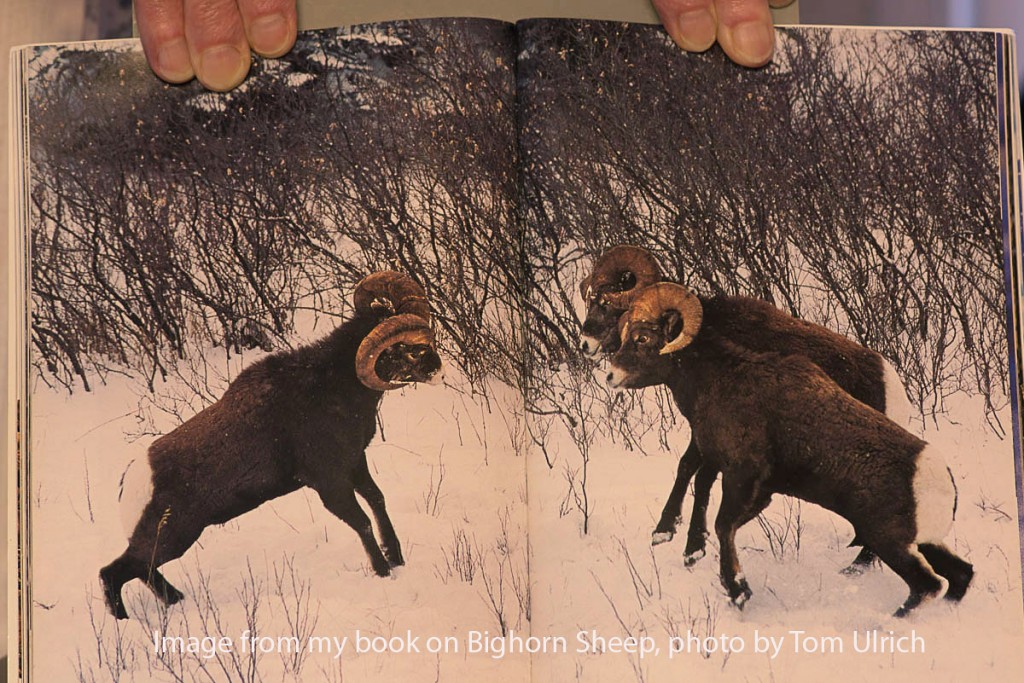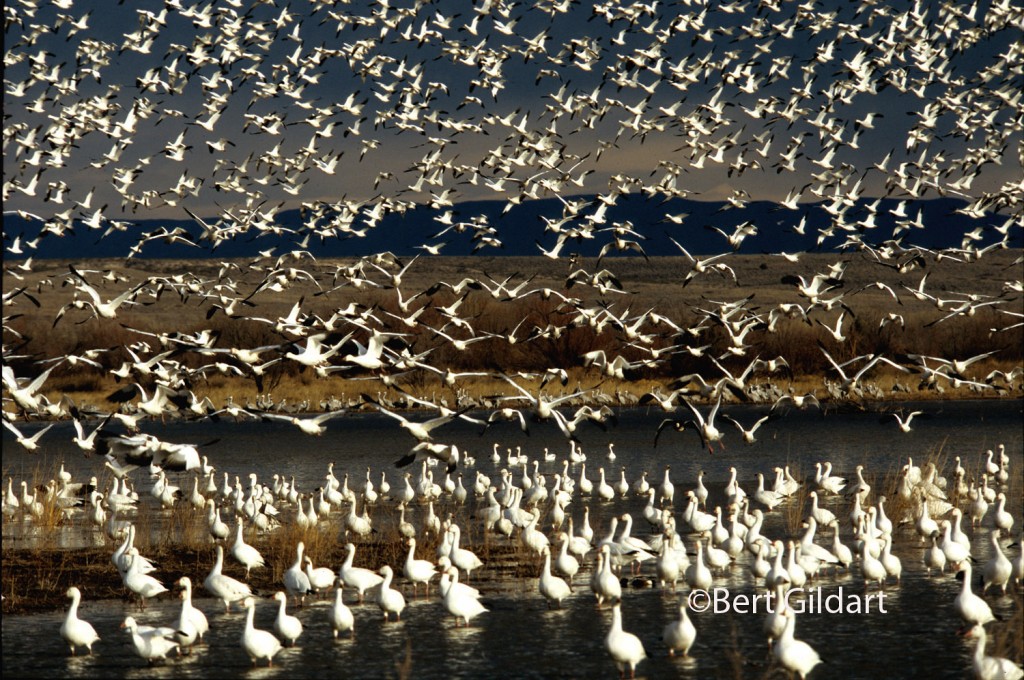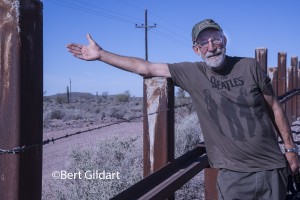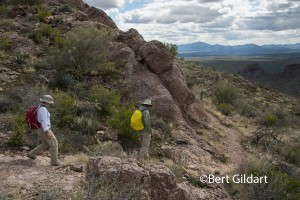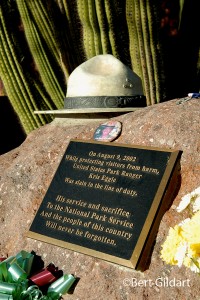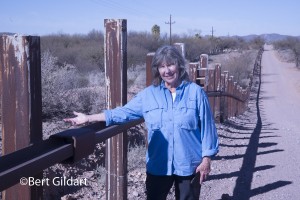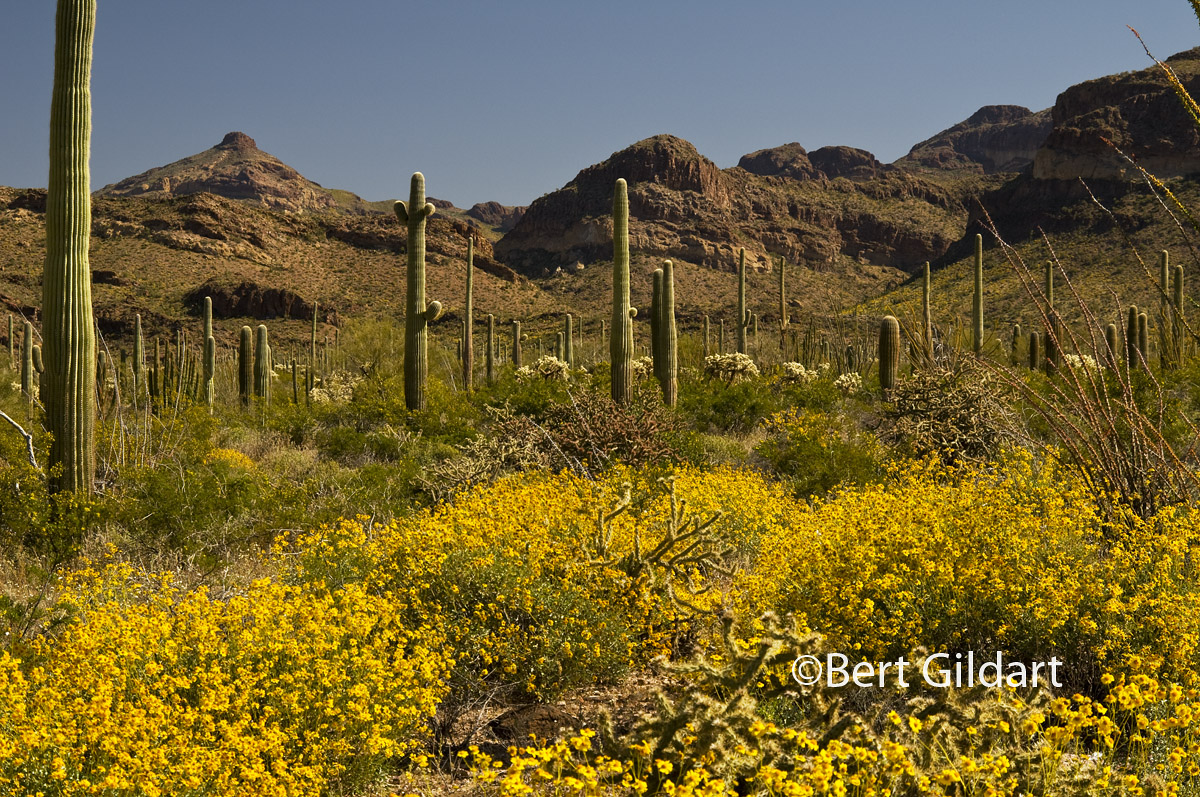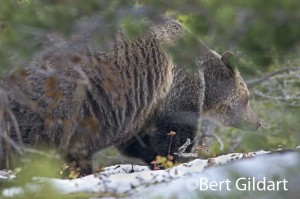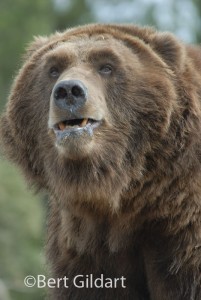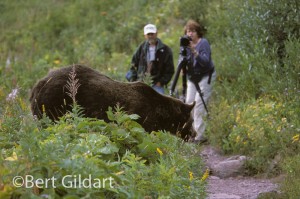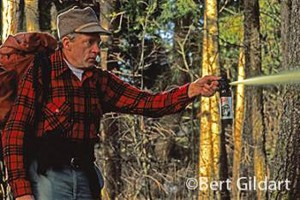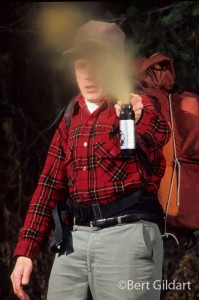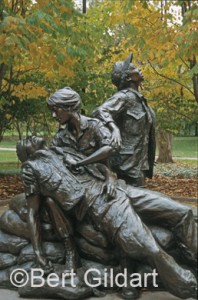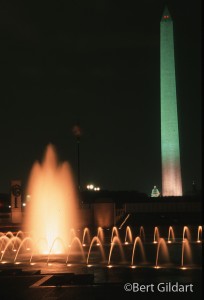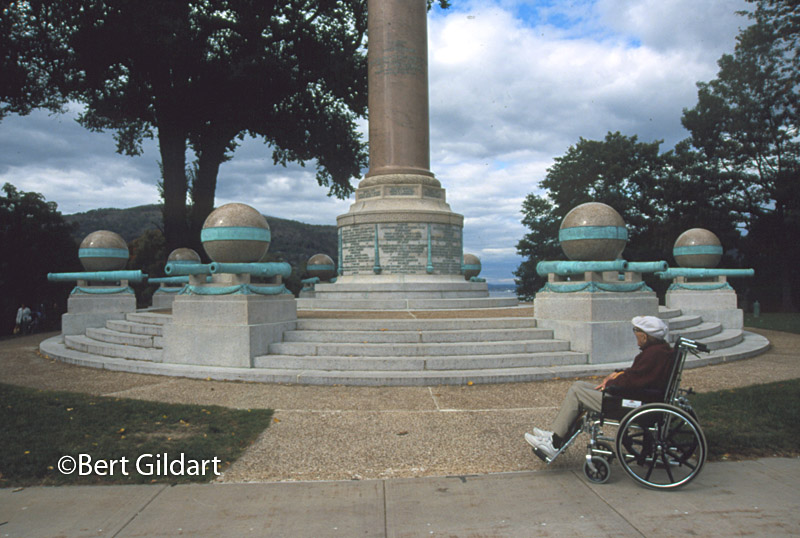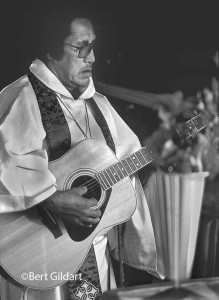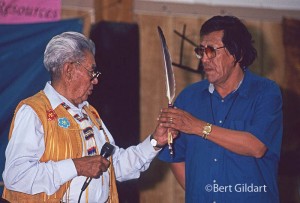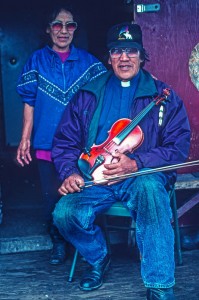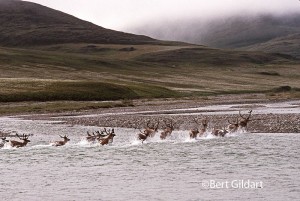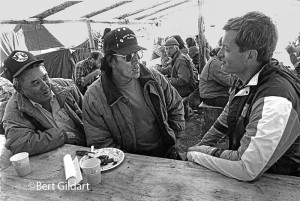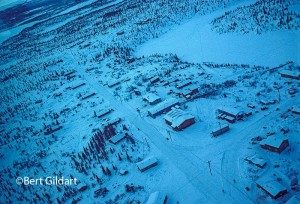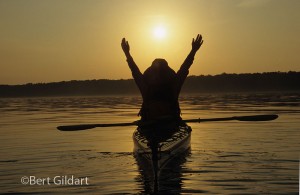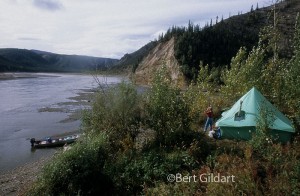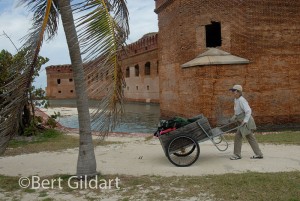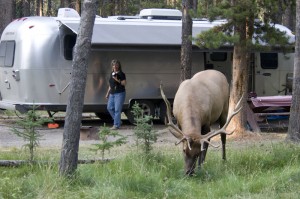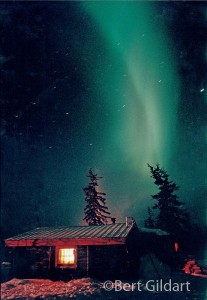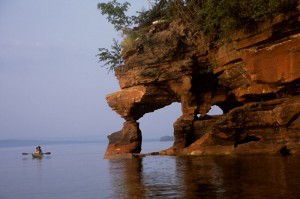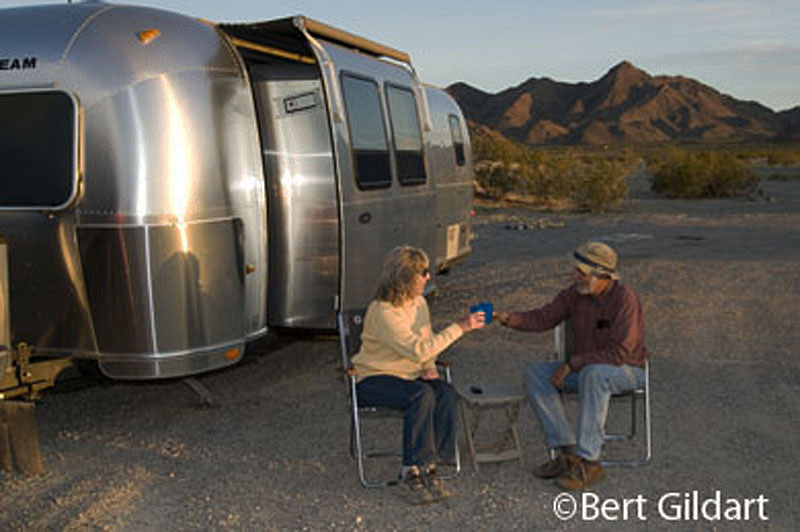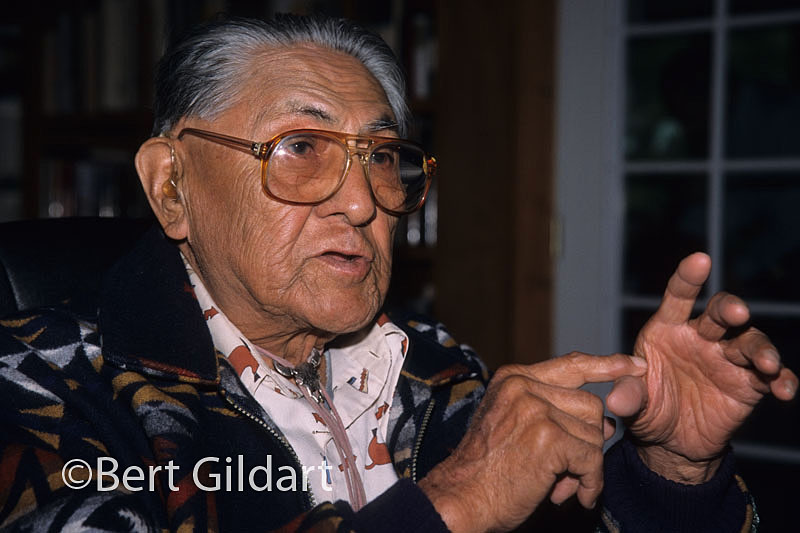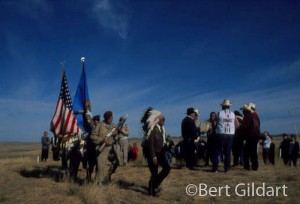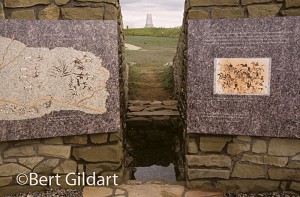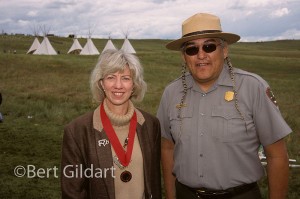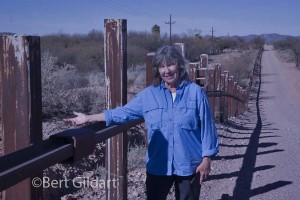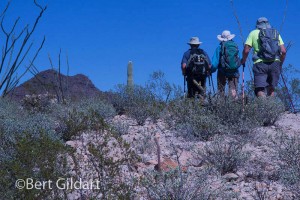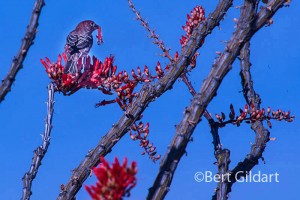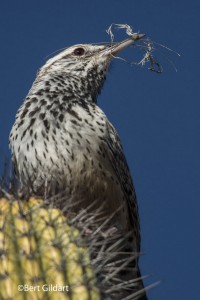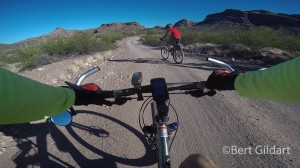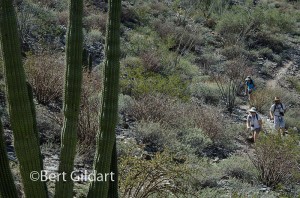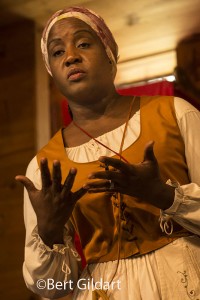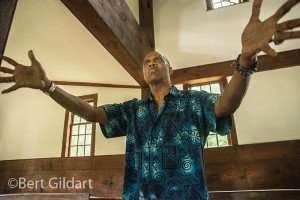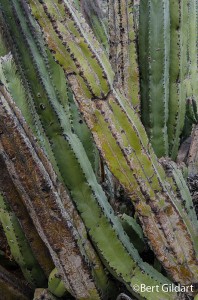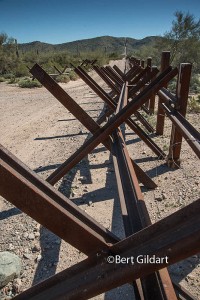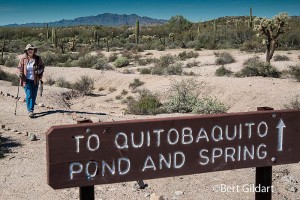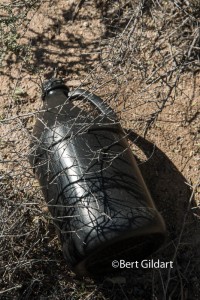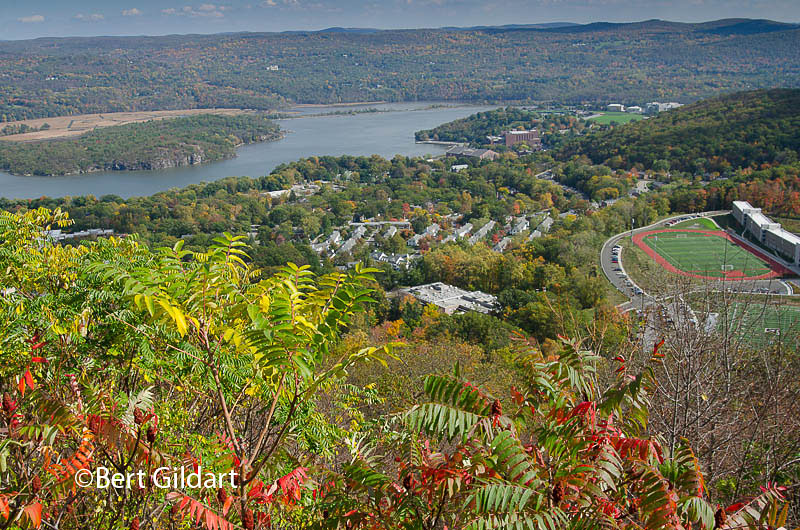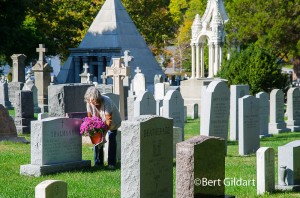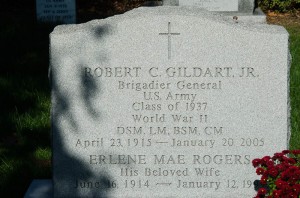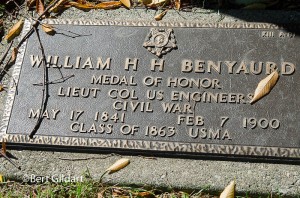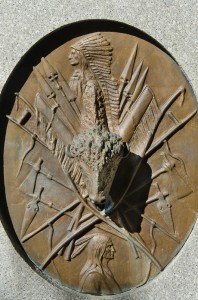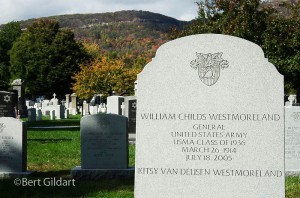CHUCK ROBBINS, 10/21/1944 to 6/12/2018
posted: June 16th, 2018 | by:Bert
CHUCK ROBBINS, 10/21/1944 to 6/12/2018: Chuck Robbins was one of the nation’s top outdoorsmen and about as active and vigorous as anyone could be. So it came as a complete surprise when his wife Gale called several days ago and informed us that Chuck had died while guiding clients on Montana’s Big Hole River.
Chuck was a big man, in excellent shape and with no hint of heart problems. He was 73 and had created a life in the woods, rivers and mountains. In his life he had conversed about fishing local rivers with President Jimmy Carter. At the time Chuck served as a guide at a prominent Pennsylvania lodge. Chuck said Carter was “one of the easiest people to converse with he’d ever met.” But Janie and I suspect that it was also because of Chuck’s gregarious nature. Hopefully, my images reveal more than my words do about his demeanor.
The Big Hole River was Chuck’s domain, where he guided for years.
As well, Chuck once guided Dick Cheney from the same PA lodge, and told me thatCheney was so passionate about the sport he insisted that Chuck continue the guided trip even though Washington had been trying to reach him with an urgent message. “‘Keep going,’” Chuck recalled Cheney having instructed. “‘We’re here to fish.’” Chuck did as instructed but recalled that a helicopter eventually ran them down. Obviously, Chuck was a much sought after guide.
Much more recently Chuck and Gale shared a story about encountering a cow moose and her calf. Both laughed at the near dangerous encounter and said it was their dog Annie that had diverted the moose allowing the couple to scoot back into their truck. Chuck and Gale adored their hunting dogs and were destressed when a rattlesnake bit Annie about two years ago. With love and enduring rehabilitation Annie recovered over the course of the year, and this past winter during Gale and Chuck’s annual Arizona quail hunt she was aggressively pointing again.
Chuck was an all around outdoorsman, working
as a photographer, hunter, fisherman. As a guide, he was in great demand
Chuck was also a great writer and photographer, selling stories about his adventures — and his work as a guide — to various outdoor magazines. More recently he was the editor of a tabloid produced by the Northwest Outdoor Writer’s Association of America. And just a few weeks ago he was charging around the house maintaining what has got to be one of the most organized workshops in the country. About the same time he was presiding over an autograph party sponsored by a local bookstore intended to promote Chuck’s new Montana fly-fishing book. Gale had worked on it with him, taking most of the pictures and working as his first-line reader. “It’s just team work,” she said. “And that’s something the four us [Janie and me] all shared.
“Chuck,” she emphasized, “was my best buddy.”
Chuck has friends (Facebook Friends, too) across the country and they will certainly be offering support to Gale and family. Though Gale is a strong and resourceful person she has many challenges ahead, but we know she will emerge successfully from this worst of all tragedies. Hopefully the love and support of his and her worldwide friends will help provide some consolation.
God bless.
—————————————————
Chuck Receives Top Outdoor Writer Award
————————————————–
THIS TIME FOUR YEARS AGO: Shenandoah’s Deer and Bears
GILDART BOOKS AVAILABLE FOR PURCHASE
4th ed. Autographed by the Authors
Hiking Shenandoah National Park
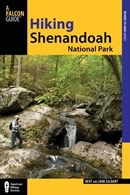 Hiking Shenandoah National Park is the 4th edition of a favorite guide book, created by Bert & Janie, a professional husband-wife journalism team. Lots of updates including more waterfall trails, updated descriptions of confusing trail junctions, and new color photographs. New text describes more of the park’s compelling natural history. Often the descriptions are personal as the Gildarts have hiked virtually every single park trail, sometimes repeatedly.
Hiking Shenandoah National Park is the 4th edition of a favorite guide book, created by Bert & Janie, a professional husband-wife journalism team. Lots of updates including more waterfall trails, updated descriptions of confusing trail junctions, and new color photographs. New text describes more of the park’s compelling natural history. Often the descriptions are personal as the Gildarts have hiked virtually every single park trail, sometimes repeatedly.
Big Sky Country is beautiful
Montana Icons: 50 Classic Symbols of the Treasure State
![]() Montana Icons is a book for lovers of the western vista. Features photographs of fifty famous landmarks from what many call the “Last Best Place.” The book will make you feel homesick for Montana even if you already live here. Bert Gildart’s varied careers in Montana (Bus driver on an Indian reservation, a teacher, backcountry ranger, as well as a newspaper reporter, and photographer) have given him a special view of Montana, which he shares in this book. Share the view; click here.
Montana Icons is a book for lovers of the western vista. Features photographs of fifty famous landmarks from what many call the “Last Best Place.” The book will make you feel homesick for Montana even if you already live here. Bert Gildart’s varied careers in Montana (Bus driver on an Indian reservation, a teacher, backcountry ranger, as well as a newspaper reporter, and photographer) have given him a special view of Montana, which he shares in this book. Share the view; click here.
$16.95 + Autographed Copy
What makes Glacier, Glacier?
Glacier Icons: 50 Classic Views of the Crown of the Continent
![]() Glacier Icons: What makes Glacier Park so special? In this book you can discover the story behind fifty of this park’s most amazing features. With this entertaining collection of photos, anecdotes and little known facts, Bert Gildart will be your backcountry guide. A former Glacier backcountry ranger turned writer/photographer, his hundreds of stories and images have appeared in literally dozens of periodicals including Time/Life, Smithsonian, and Field & Stream. Take a look at Glacier Icons
Glacier Icons: What makes Glacier Park so special? In this book you can discover the story behind fifty of this park’s most amazing features. With this entertaining collection of photos, anecdotes and little known facts, Bert Gildart will be your backcountry guide. A former Glacier backcountry ranger turned writer/photographer, his hundreds of stories and images have appeared in literally dozens of periodicals including Time/Life, Smithsonian, and Field & Stream. Take a look at Glacier Icons
$16.95 + Autographed Copy
Read Comments | Comments Off
